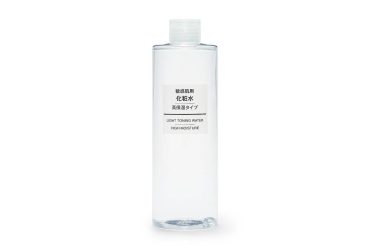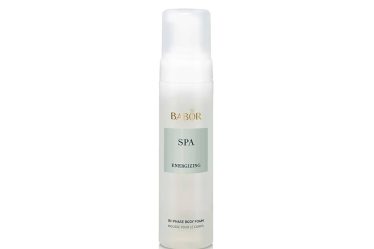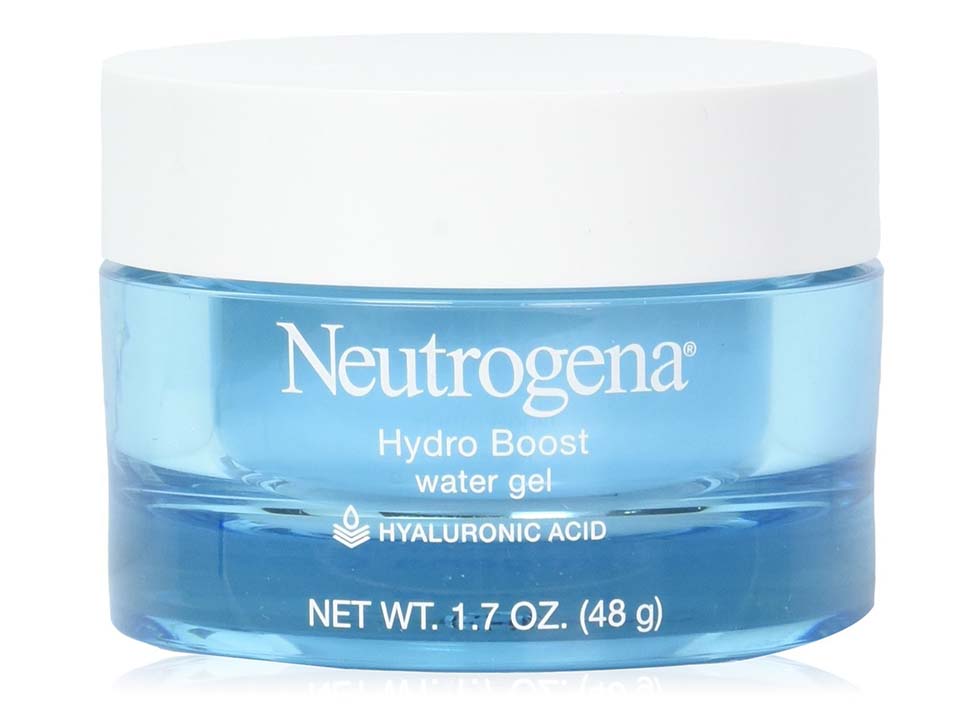
Hydrating your skin is a crucial step in any skincare routine, as it helps to maintain a healthy, glowing complexion. Proper application of moisturizer ensures that your skin receives the necessary nutrients and hydration to stay supple and radiant. Here, I’ll share my tried-and-tested tips for applying moisturizer effectively, based on my experiences and extensive product testing.
Cleaning Your Skin Before Applying Moisturizer
Why Clean Your Skin?
Proper cleansing is essential before applying moisturizer because it removes impurities, excess oils, and dead skin cells that can block the absorption of skincare products. A clean face allows the moisturizer to penetrate deeply and work more effectively.
Tips for Effective Cleansing:
- Choose the Right Cleanser: Use a gentle cleanser suited to your skin type. For dry skin, opt for hydrating or cream-based cleansers. For oily or acne-prone skin, choose a foaming or gel cleanser that helps control oil.
- Recommended Products:
- CeraVe Hydrating Cleanser (Dry Skin): Contains ceramides and hyaluronic acid to retain moisture.
- La Roche-Posay Effaclar Purifying Foaming Gel (Oily/Acne-Prone Skin): Helps control oil and prevent breakouts.
- Recommended Products:
- Use Lukewarm Water: Hot water can strip your skin of natural oils, while cold water may not effectively remove impurities. Lukewarm water is ideal for cleansing as it helps open pores without causing irritation.
- Cleanse Twice a Day: For optimal results, cleanse your skin morning and night. In the evening, this helps remove makeup and pollutants, while a morning cleanse prepares your skin for the day ahead.
- Pat Dry Gently: After rinsing, gently pat your face dry with a clean, soft towel. Avoid rubbing or pulling at your skin to prevent irritation.
How to Apply Your Moisturizer
Steps for Uniform and Effective Application:
- Use the Right Amount: A pea-sized amount of moisturizer is generally sufficient for your face. Using too much can lead to an overly greasy feeling, while too little may not provide adequate hydration.
- Application Points: Dab the moisturizer on key areas of your face: forehead, nose, cheeks, and chin. This method ensures that every part of your face receives an even layer of product.
- Gentle Massaging Technique: Using your fingertips, apply the moisturizer in gentle, upward circular motions. This technique helps stimulate blood flow and promotes better absorption of the product.
- Avoid the Eye Area: Unless your moisturizer is specifically designed for the eye area, avoid applying it close to the eyes. The skin around your eyes is delicate and may react differently to certain ingredients.
- Additional Tips: If you have extra time, perform a light facial massage to enhance relaxation and improve circulation. This can also aid in the absorption of the moisturizer and enhance its benefits.
Understanding Your Skin to Choose the Right Moisturizer
Choosing a Moisturizer Based on Skin Type:
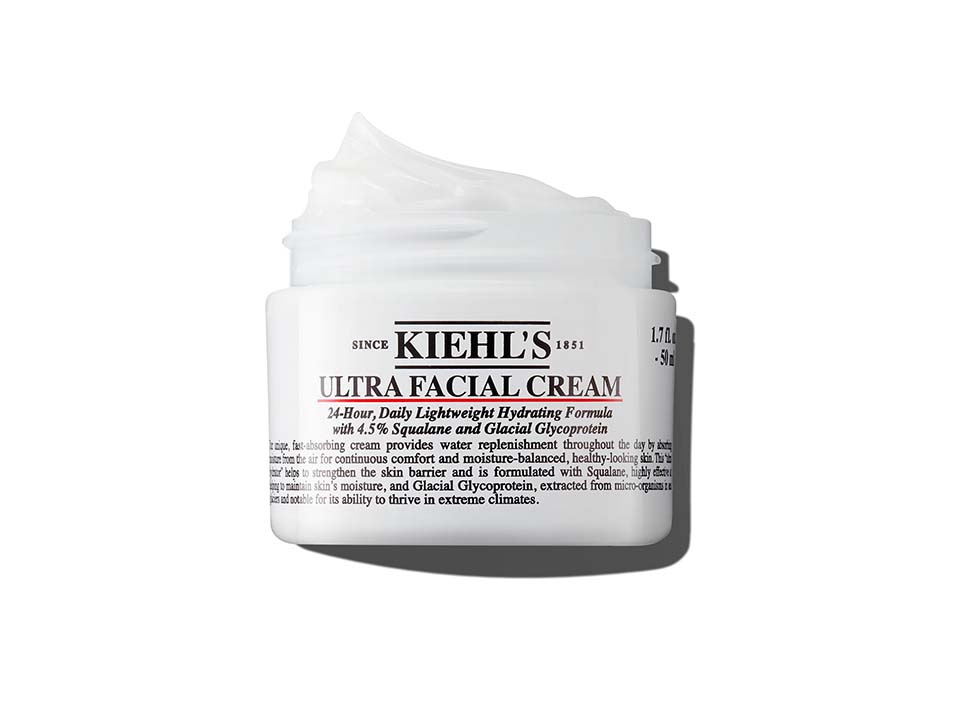
- For Dry Skin:
- Key Ingredients: Look for rich, hydrating moisturizers that contain ingredients like hyaluronic acid, glycerin, or ceramides. These ingredients help lock in moisture and restore the skin’s natural barrier.
- Hyaluronic Acid: Attracts and retains moisture, providing deep hydration.
- Glycerin: A humectant that draws water into the skin, keeping it moist.
- Ceramides: Lipid molecules that restore the skin barrier and prevent water loss.
- Application Tips: Apply while your skin is still slightly damp after cleansing to help lock in moisture.
- Recommended Products:
- Neutrogena Hydro Boost Water Gel: Contains hyaluronic acid for intense hydration. It has a lightweight, non-greasy formula that absorbs quickly.
- CeraVe Moisturizing Cream: Packed with ceramides and hyaluronic acid to restore the skin barrier. It’s ideal for both face and body and provides long-lasting hydration.
- Key Ingredients: Look for rich, hydrating moisturizers that contain ingredients like hyaluronic acid, glycerin, or ceramides. These ingredients help lock in moisture and restore the skin’s natural barrier.
- For Oily Skin:
- Key Ingredients: Opt for lightweight, non-comedogenic moisturizers that won’t clog pores. Gel-based formulas or those containing salicylic acid can help control oil production without adding extra shine.
- Salicylic Acid: Helps exfoliate and clear pores, reducing acne and oiliness.
- Niacinamide: Helps regulate oil production and reduce inflammation.
- Oil-Free Formulas: Ensure that the moisturizer won’t add extra oil to your skin.
- Application Tips: Use a small amount and apply in a thin layer to avoid overwhelming your skin.
- Recommended Products:
- La Roche-Posay Effaclar Mat Moisturizer: Helps control oil and reduce shine, while also providing hydration. It’s non-comedogenic and suitable for sensitive skin.
- Clinique Dramatically Different Moisturizing Gel: Lightweight and oil-free, perfect for oily skin. It balances oil production while providing necessary moisture.
- Key Ingredients: Opt for lightweight, non-comedogenic moisturizers that won’t clog pores. Gel-based formulas or those containing salicylic acid can help control oil production without adding extra shine.
- For Combination Skin:
- Key Ingredients: Choose a balanced moisturizer that hydrates without overwhelming. Products with a gel-cream texture or those designed for combination skin can address both dry and oily areas effectively.
- Hydrating Ingredients: Like hyaluronic acid for dry areas.
- Balancing Ingredients: Like niacinamide to help manage oil production.
- Application Tips: Apply more product to drier areas and less to oilier zones.
- Recommended Products:
- Belif The True Cream Aqua Bomb: A gel-cream that hydrates and balances, providing moisture without being too heavy.
- Kiehl’s Ultra Facial Cream: Lightweight yet hydrating for all skin types. It adapts to your skin’s needs, providing moisture where it’s needed most.
- Key Ingredients: Choose a balanced moisturizer that hydrates without overwhelming. Products with a gel-cream texture or those designed for combination skin can address both dry and oily areas effectively.
- For Sensitive Skin:
- Key Ingredients: Select fragrance-free and hypoallergenic moisturizers with soothing ingredients like aloe vera, chamomile, or calendula. These help to reduce inflammation and minimize irritation.
- Aloe Vera: Soothes and hydrates sensitive skin.
- Chamomile: Reduces redness and calms irritated skin.
- Calendula: Known for its anti-inflammatory properties.
- Application Tips: Test a small amount on your wrist before applying to your face to ensure it doesn’t cause irritation.
- Recommended Products:
- Aveeno Ultra-Calming Daily Moisturizer: Contains calming feverfew to soothe sensitive skin. It’s fragrance-free and gentle, ideal for daily use.
- First Aid Beauty Ultra Repair Cream: Rich in soothing ingredients like colloidal oatmeal, which helps calm and hydrate sensitive skin. It’s free from common irritants like fragrance and dyes.
- Key Ingredients: Select fragrance-free and hypoallergenic moisturizers with soothing ingredients like aloe vera, chamomile, or calendula. These help to reduce inflammation and minimize irritation.
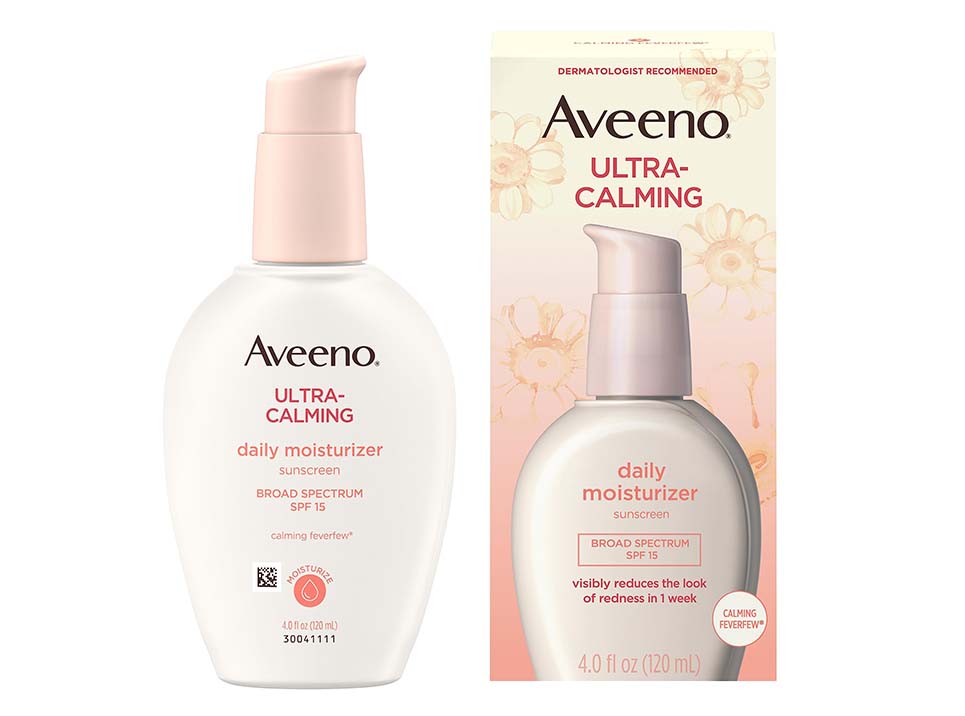
Additional Considerations:
- Layering Products: Apply your moisturizer after serums and treatments, but before sunscreen during your morning routine. This order ensures each product is effectively absorbed.
- Frequency of Application: While a morning and night routine is standard, dry skin types might benefit from an additional mid-day application, especially in harsh weather conditions.
- Seasonal Adjustments: Your skin’s needs can change with the seasons. Consider a richer formula in winter to combat dryness and a lighter one in summer to prevent excess oiliness.
